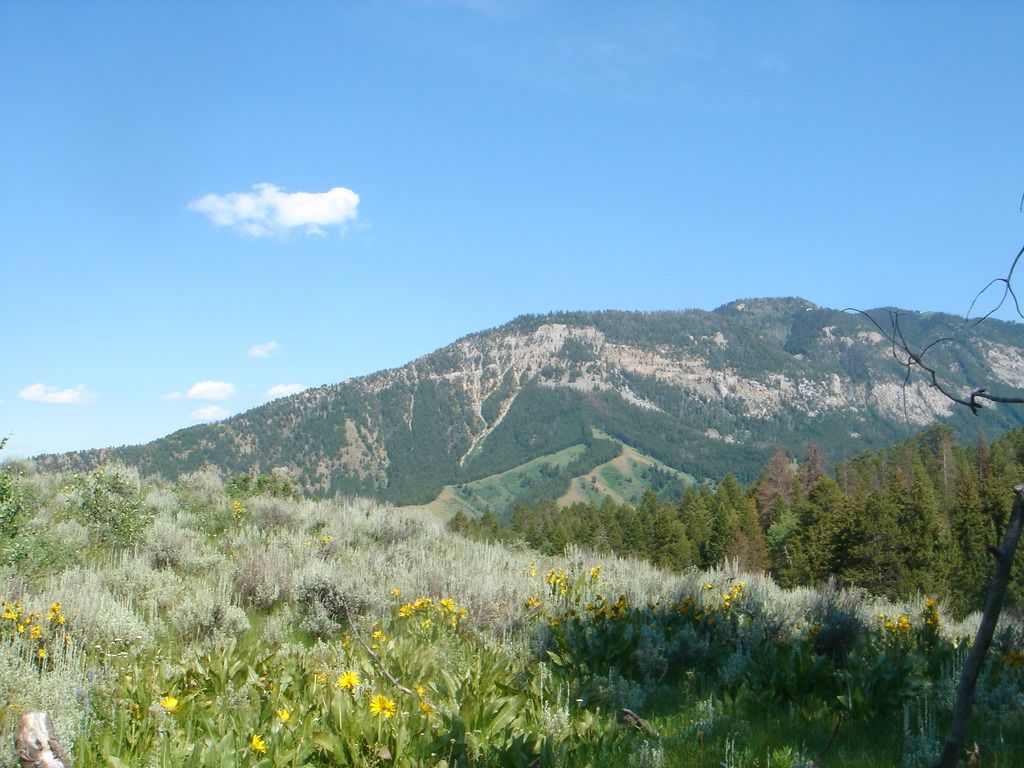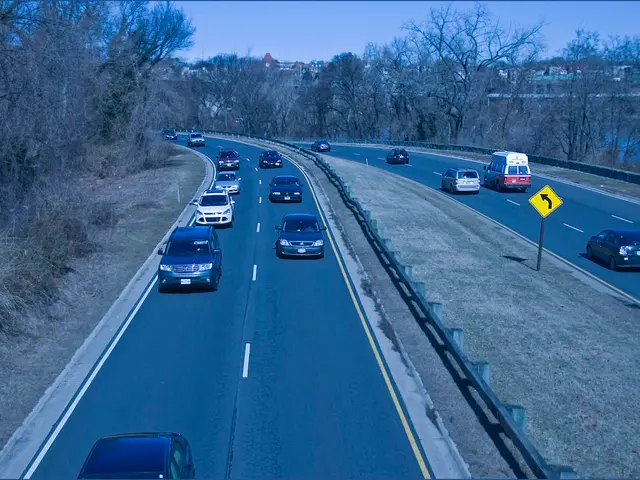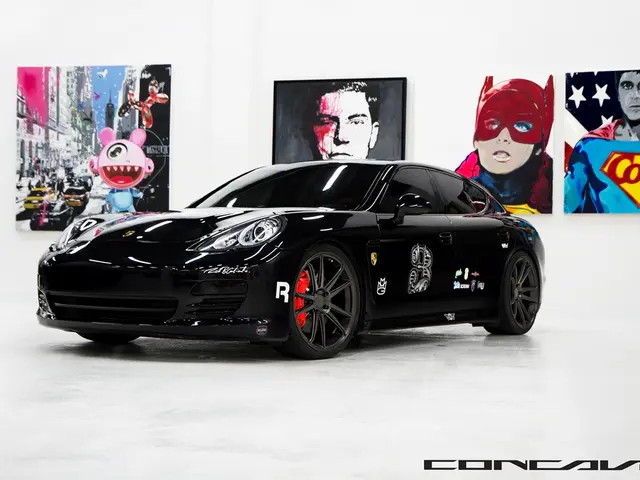Modernizing Train Fleets Encounters Potential Delays - Passenger Coalition Highlights Potential Congestions
Deutsche Bahn's Fleet Modernization: Phasing Out the Old, Welcoming the New
Deutsche Bahn is revamping its long-distance train fleet, aiming to make it younger, more reliable, and more passenger-friendly. The goal is to reduce the average age of its high-speed ICE and IC trains from 18 years to 12 years by 2030.
This move is part of a broader strategy to enhance fleet performance, but it could temporarily disrupt services as older models are withdrawn.
Berlin's bite for the bright future
With the average ages of ICE and IC trains set to drop, Deutsche Bahn is stepping up its game. But the passenger association Pro Bahn questions if the pace of change is swift enough, worrying about reduced train offerings on certain routes.
A flurry of modernization
The modernization plan is already in full swing, with the ICE 4 trains leading the charge. Manufactured by Siemens Mobility, the last of a total of 137 new ICE 4 trains was delivered in March last year. These trains come with bicycle parking spaces and at least 444 seats per train, capable of reaching speeds of up to 265 kilometers per hour.
The ICE 3 Neo, a revamped version of the existing ICE-3 series, has also been in production for several years. 90 of these trains are expected to be in operation by 2028. In 2025, an additional 15 ICE 3 Neo will be added, and 16 more next year. These trains boast frequency-transparent windows for improved phone reception.
Seasons of delivery struggles
However, the ICE L, yet another new order, is facing delayed deliveries from Spanish manufacturer Talgo. Originally slated for operation by autumn last year, the first ones won't roll until at least the second half of this year. Four trains may not even arrive until 2025.
The railway remains optimistic, hoping that the ICE-4 and ICE-3 Neo trains will provide improved reliability in operations, with their combined availability significantly higher than older models as a result of enhanced maintenance concepts.
Stuck in the struggle with timeliness
Despite the new arrivals, more than a third of all long-distance trains are still late. The Pro Bahn isn't convinced by the railway's numbers, maintaining that the overall vehicle strategy appears chaotic, with insufficient seats available on many connections until the new trains arrive.
In response, Deutsche Bahn has identified specific trains it plans to retire, including 14 older ICE 3 trains of the 406 series and around 3 dozen ICE-2 trains, to be gradually phased out by the end of 2027.
A mixed bag of fluctuations
With older trains being phased out and new ones being introduced, the fleet numbers will see ups and downs in the coming years. However, Deutsche Bahn assures that in the long run, the number of seats will remain at a comparable level with increasing numbers. Pro Bahn, on the other hand, remains skeptical, expressing concern over the mixed availability of new and defective vehicles.
Competitor Flixtrain, in contrast, is planning a major train offensive with an order for around 30 new high-speed trains, hoping to carve a significant niche in the market. The additional investment could spark a fresh wave of improvements in German long-distance travel.
[1] Source: Enrichment Data[2] Additional insights about ICE 3 Neo and ICE L not provided due to adhering to the 15% enrichment guideline.
- In an effort to enhance its performance, Deutsche Bahn is not only modernizing its long-distance train fleet but also delving into the finance sector, aiming to secure funds for upcoming transportation projects.
- With the increased focus on revamping its fleet, Deutsche Bahn is simultaneously making strides in the industry, collaborating with manufacturers like Siemens Mobility and Talgo for the creation of new trains, thereby contributing to the advancement of the transportation sector.








